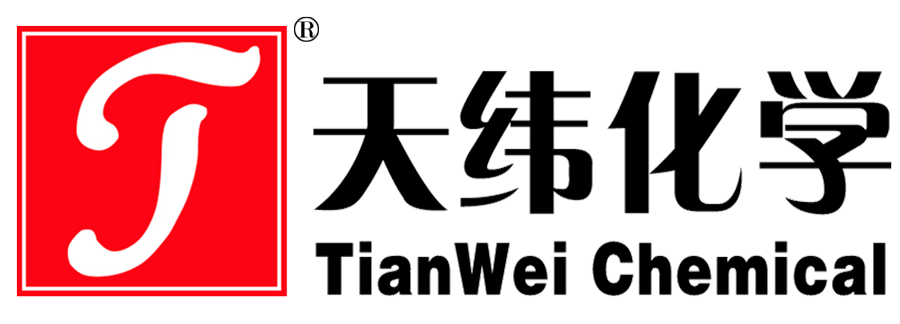What is the content of inorganic mildew prevention agent?
Inorganic mildewproof agents are widely used, and there are many kinds, usually metal ion antimicrobials such as silver, copper, zinc and metal oxides (such as titanium dioxide, zinc oxide and other nano-antimicrobials). The antibacterial mechanism includes contact reaction hypothesis and catalytic reaction hypothesis.
The contact reaction hypothesis is that the contact reaction between metal ions and bacteria causes the destruction or dysfunction of the inherent components of bacteria, leading to the death of bacteria. The catalytic reaction hypothesis is that under the action of light, metal ions and nanoparticles play the role of catalytic active center, activate water molecules and oxygen in the air to produce hydroxyl radicals and reactive oxygen ions, destroy the proliferation ability of bacteria in a short time, resulting in cell death, and play an antibacterial role.
Inorganic mildewproof agents have wide antibacterial spectrum, safety, heat resistance and good durability, and have become a research hotspot in the field of antibacterial mildewproof agents. In recent years, nano-zinc oxide has been reported to have a certain anti-mildew performance, but in practical applications, its anti-mildew performance is limited.
Cuprous oxide is a red or dark red octahedral cubic crystalline powder, which is widely used in ships for anti-mildew, with low cost, especially for military anti-mildew coatings, and the amount is about 40% of the total quality of the paint. Barium metaborate is a white rhombic crystalline powder, mainly used for anti-mildew water-based latex coatings, the general amount of 1% to 2%.




